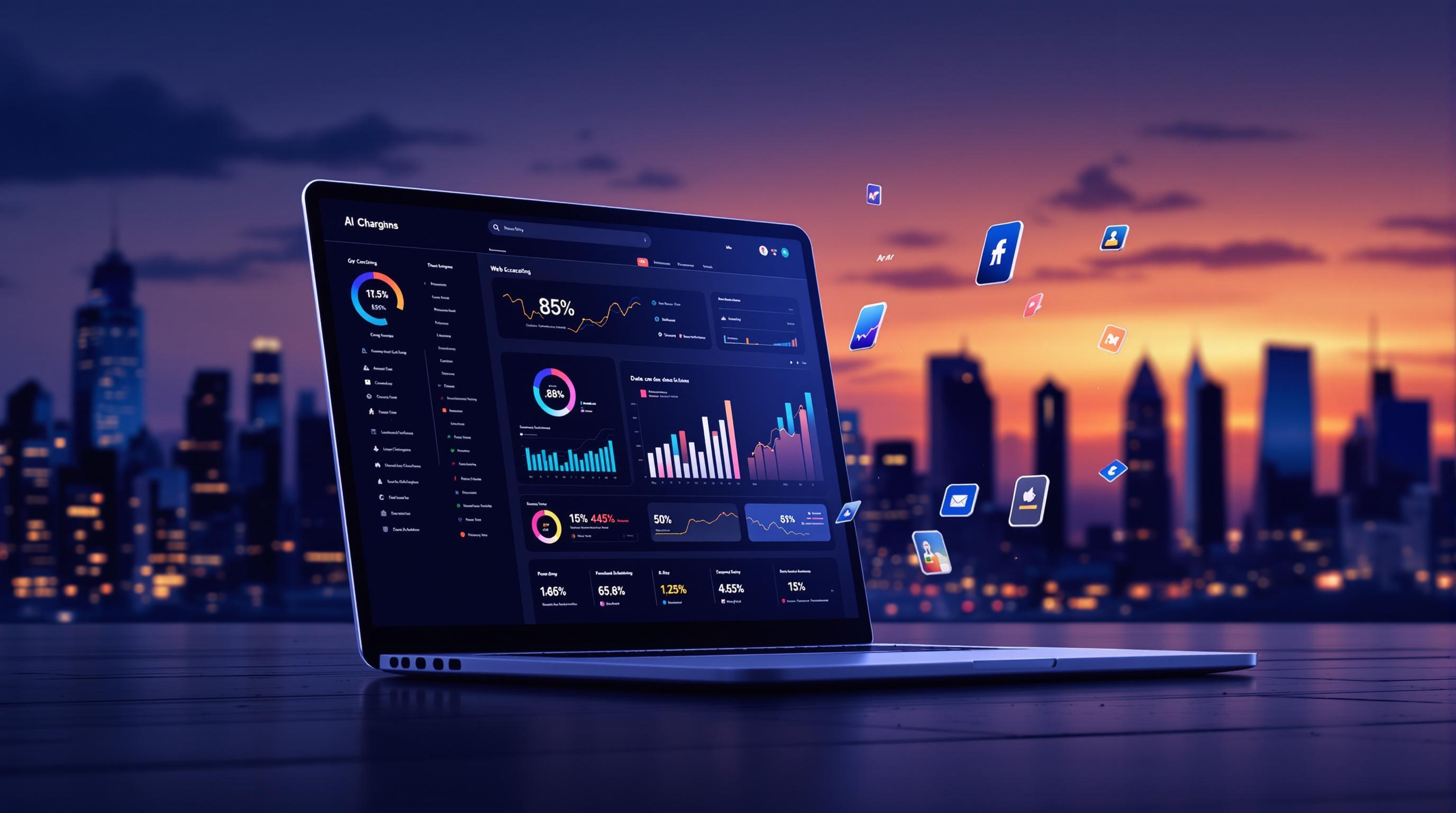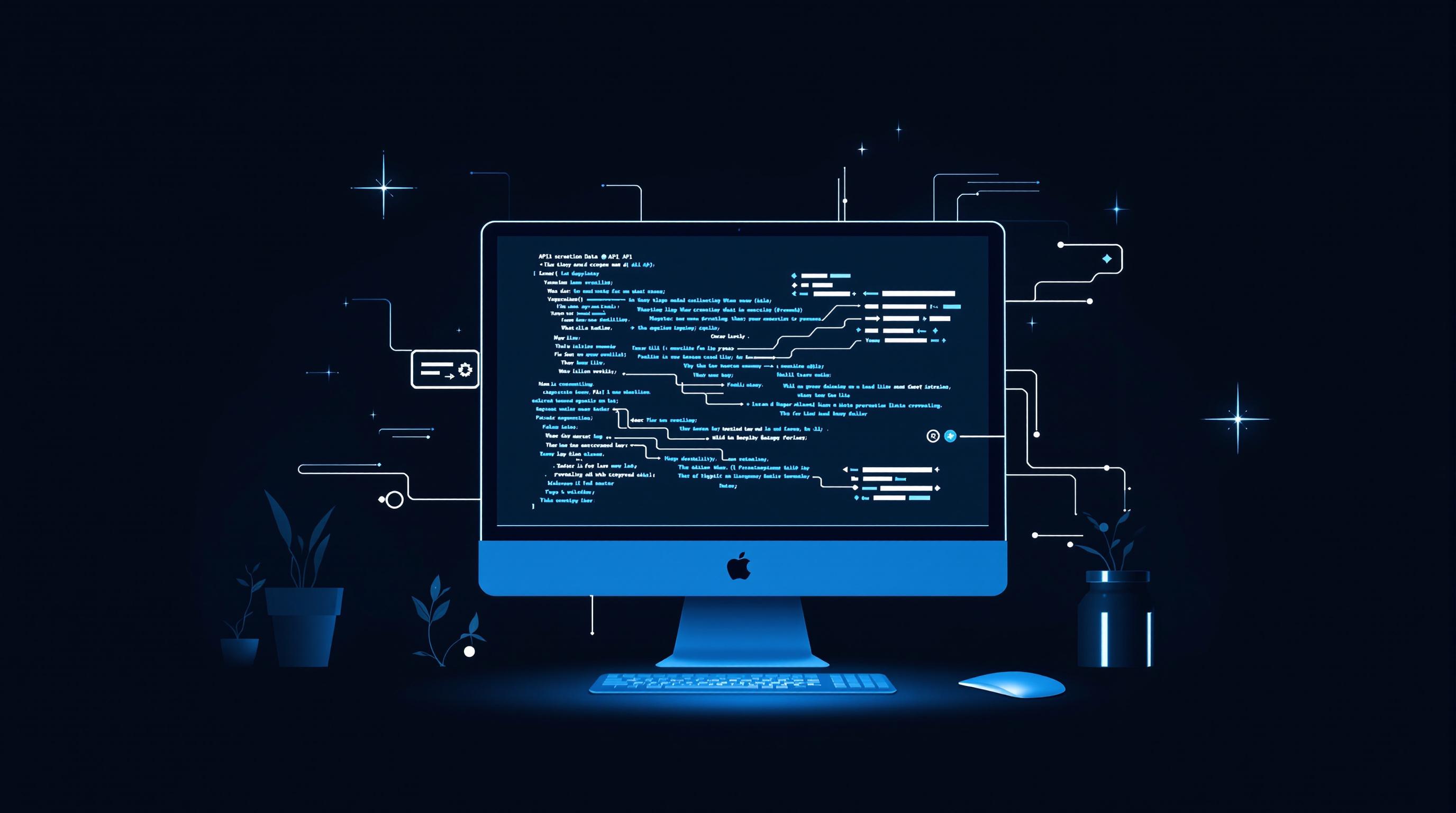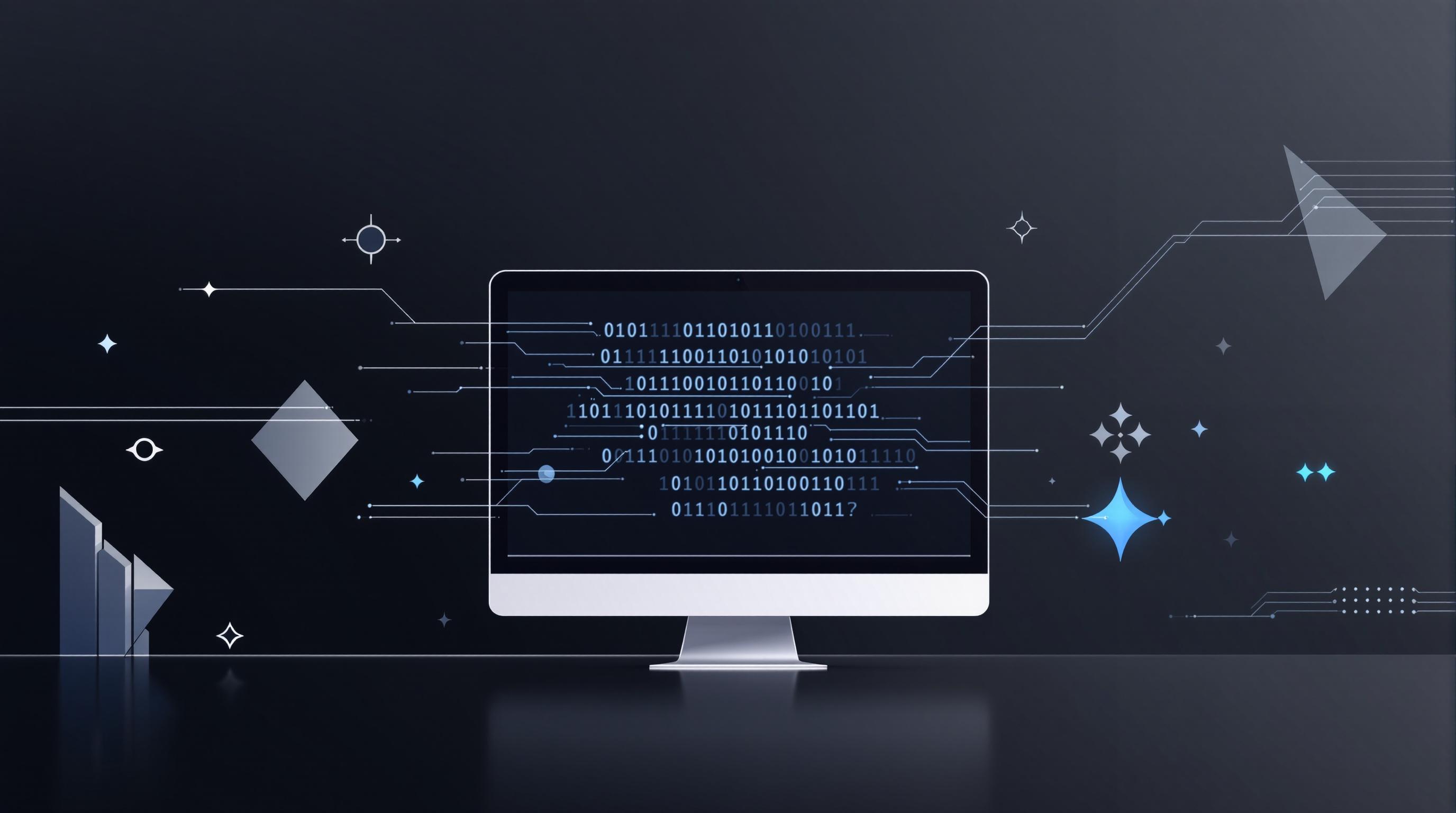Real-time data extraction processes data as it’s created, offering near-instant insights for faster decisions, fraud detection, and operational efficiency. It’s crucial for industries like finance, healthcare, and manufacturing but faces challenges like managing high data volumes, ensuring accuracy, and meeting regulations.
Key Takeaways:
- Challenges:
- Handling massive data streams (e.g., 500,000+ social media posts/minute).
- Balancing speed with data quality.
- Ensuring compliance with standards like GDPR and HIPAA.
- Solutions:
- Use tools like Apache Kafka for scalability and fault tolerance.
- AI-powered tools for dynamic data mapping and validation.
- APIs for seamless, real-time data integration.
Start by evaluating your needs, selecting the right tools, and scaling incrementally to build effective real-time systems.
Data Pipelines: Using CDC to Ingest Data into Kafka
Challenges in Real-Time Data Extraction
Extracting data in real-time comes with its own set of technical hurdles.
Managing High-Volume Data Streams
Processing massive data streams in real-time can push traditional systems to their limits. The sheer volume and speed of incoming data often lead to bottlenecks and system failures.
Here are some examples of real-time data streams and their demands:
| Data Stream Type | Typical Volume | Processing Requirements |
|---|---|---|
| Social Media Feed | 500,000+ posts/minute | Sentiment analysis |
| IoT Sensor Data | 1TB+ per day | Anomaly detection |
| Financial Transactions | 100,000+ per second | Fraud detection |
To tackle this, tools like Apache Kafka and Spark Streaming distribute processing across clusters, making it easier to handle large-scale data flows. While scalability is a must, ensuring the data remains accurate and reliable is just as important.
Maintaining Data Accuracy and Quality
Real-time systems need to balance speed with precision. Validating data, spotting errors, and managing schema changes on the fly are key challenges.
"Data validation during ingestion is crucial for reliable real-time insights. Without it, decisions risk being based on flawed data."
On top of that, organizations must navigate complex regulations to ensure compliance without slowing down their processes.
Meeting Regulatory and Ethical Standards
Data privacy rules like GDPR, CCPA, and HIPAA introduce additional complexities. Companies must ensure compliance while keeping real-time systems efficient.
| Regulation | Key Requirements | Impact on Real-Time Extraction |
|---|---|---|
| GDPR | Data consent, Right to erasure | Immediate filtering |
| CCPA | Data disclosure, Opt-out rights | Real-time privacy controls |
| HIPAA | Protected health information | Secure data transmission |
AI-powered web scraping tools help address these issues by automating compliance tasks like consent management, data anonymization, and retention policies - all while maintaining real-time processing speeds.
To succeed, organizations need scalable infrastructure and strong monitoring systems. Advanced tools and strategies, which we'll discuss next, are critical for overcoming these challenges.
Solutions for Real-Time Data Extraction
Handling real-time data extraction can be tricky, but modern tools and methods are making it much easier. Here’s how organizations can tackle these challenges effectively.
AI-Powered Web Scraping Tools
AI-based tools have changed the game for real-time data extraction. These tools eliminate the need for manual adjustments by automating processes. They can quickly recognize changes in data structures and adapt on the fly, cutting maintenance efforts significantly.
| Challenge | AI Solution | Business Impact |
|---|---|---|
| Schema Changes | Automatic Pattern Recognition | Cuts maintenance by 90% |
| Complex Structures | Dynamic Data Mapping | Adjusts instantly to changes |
| Scale Requirements | Distributed Processing | Handles millions of requests daily |
These tools excel at handling ever-changing data sources. But when it comes to ensuring smooth, standardized integration, APIs are the go-to solution.
Using APIs for Real-Time Data
APIs are the backbone of most real-time data systems. They provide a consistent way to stream data while keeping it accurate and reliable.
"Frameworks like Kafka and Spark enable real-time data processing for instant insights."
With advancements like in-memory computing and optimized algorithms, companies can now process data streams continuously without delays. This ensures real-time insights without the need for outdated batch processing.
By combining AI-driven tools with APIs, businesses can build a strong, efficient system for managing real-time data.
Examples of Successful Applications
Matillion’s cloud-based ETL platform showcases how modern solutions simplify data extraction. It connects with various data sources and supports real-time analytics. Its ability to manage complex transformations makes it a great fit for enterprises handling large datasets.
Fivetran’s ELT platform is another strong example. It supports real-time data replication and even allows custom cloud functions. This demonstrates how advanced tools can process and validate data efficiently at scale.
These examples show how modern tools address key challenges like scalability, accuracy, and compliance, ensuring businesses can handle real-time data extraction with ease.
sbb-itb-f2fbbd7
Best Practices for Real-Time Data Extraction
Using Stream Processing Frameworks
Apache Kafka is a leading tool for handling continuous data streams, especially in demanding scenarios. For example, LinkedIn processes over 7 trillion messages daily with response times under a second, showcasing Kafka's ability to handle massive workloads.
| Framework Feature | Business Impact | Example |
|---|---|---|
| Distributed Computing | Cuts processing time by 90% | LinkedIn handles 7 trillion messages/day with sub-second latency |
| Event-Driven Architecture | Enables near-zero latency | Netflix's real-time content recommendations |
| Fault Tolerance | Ensures 99.99% system uptime | Twitter's real-time analytics |
While tools like Kafka are critical for managing these streams, fine-tuning how data is processed - whether in parallel or incrementally - plays an equally important role.
Parallel and Incremental Processing
Efficiently managing today's massive data volumes requires advanced processing techniques. Parallel processing splits tasks across multiple resources, while incremental processing focuses only on new or updated data.
Take Snowflake's Snowpipe as an example - it handles billions of rows daily while using incremental updates to cut processing overhead by up to 70%.
Key strategies include:
- Data Partitioning and Load Balancing: Spread workload evenly across resources, often based on timeframes or logical data segments.
- Change Detection: Identify updates using timestamps or checksums to process only what's necessary.
- Resource Optimization: Dynamically adjust computing power to match real-time demand.
Twitter applies these techniques to process over 500 million tweets daily, delivering insights in milliseconds.
Conclusion and Key Takeaways
Challenges and How to Address Them
Real-time data extraction is now a critical need for businesses, but it comes with its own set of hurdles. These include handling large data volumes, ensuring accuracy, and meeting compliance requirements.
To tackle these, companies are turning to advanced tools and frameworks. For example, incremental updates like Snowflake's Snowpipe help cut processing time, while stream processing systems efficiently manage massive data workloads.
| Challenge | Solution | Impact |
|---|---|---|
| Managing Large Data | Stream Processing (e.g., Apache Kafka) | Handles trillions of messages with sub-second latency |
| Ensuring Accuracy | AI-Driven Validation | Automates quality checks and enforces schemas |
| Meeting Compliance | Real-Time Monitoring | Provides instant compliance checks and audit trails |
By focusing on these solutions, businesses can build real-time systems that handle challenges effectively.
How to Get Started
1. Evaluate Your Needs
Begin by assessing your current data capabilities. Identify specific requirements around data volume, speed, and variety.
2. Choose the Right Tools
Select tools that simplify complex tasks. For instance, InstantAPI.ai offers AI-driven scraping with features like JavaScript rendering and premium proxies, making data extraction more efficient.
3. Optimize and Scale
Adopt distributed processing and optimize your infrastructure for real-time demands. Take a page from Twitter, which processes 500 million events daily using these techniques.
Start with small, focused use cases. Measure results, refine your approach, and then scale up with the right tools. This step-by-step strategy ensures your data systems are efficient, compliant, and ready to meet evolving business needs.
FAQs
What is real-time data extraction?
Real-time data extraction is the process of collecting and processing data as it’s created, allowing businesses to act on it almost immediately. Unlike traditional methods that work with older, pre-collected data, this approach delivers live information in milliseconds or seconds.
For instance, financial trading systems rely on real-time data extraction to spot market opportunities and execute trades instantly. This process uses advanced tools like Apache Kafka and AI-driven frameworks to ensure both speed and precision while adhering to regulations.
Some key advantages include:
- Instant access to live data
- Faster decision-making
- Ongoing monitoring and quick responses
- Automated data handling
This technology is widely used in areas like healthcare system monitoring and real-time inventory updates in e-commerce. By processing data streams as they happen, businesses can react to changes and opportunities immediately, rather than basing decisions on outdated information.
If you’re looking to make the most of real-time data extraction, start by exploring the tools and strategies mentioned earlier to integrate it into your operations effectively.


